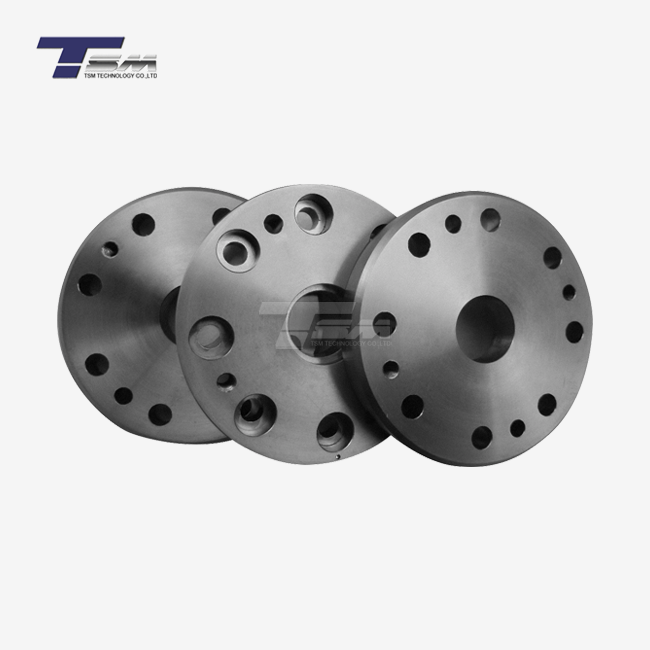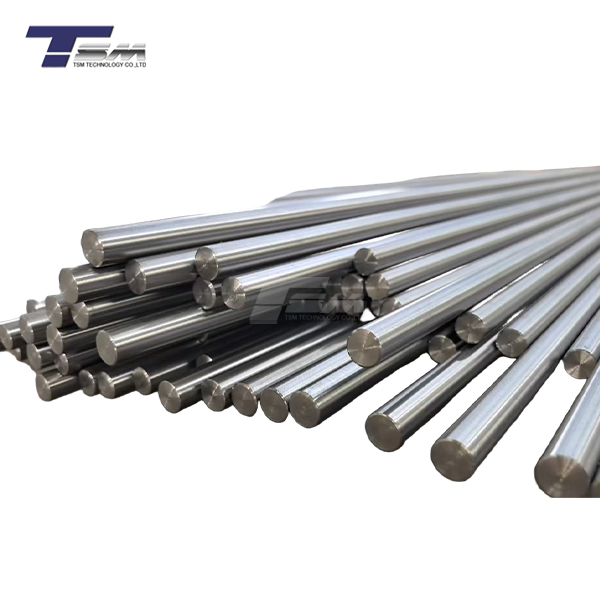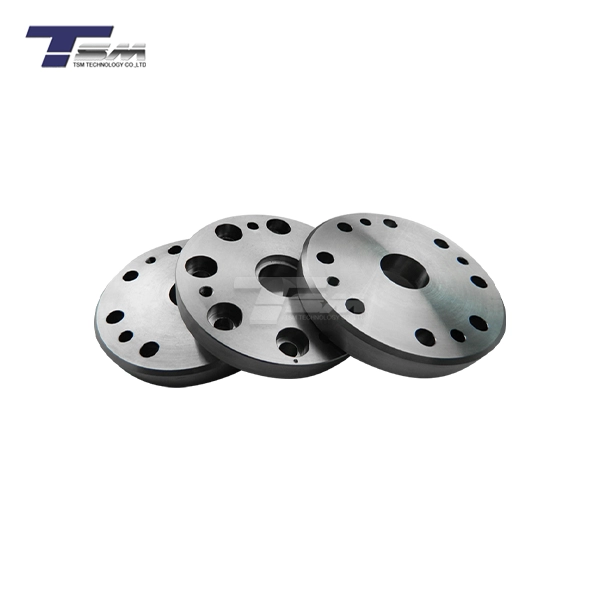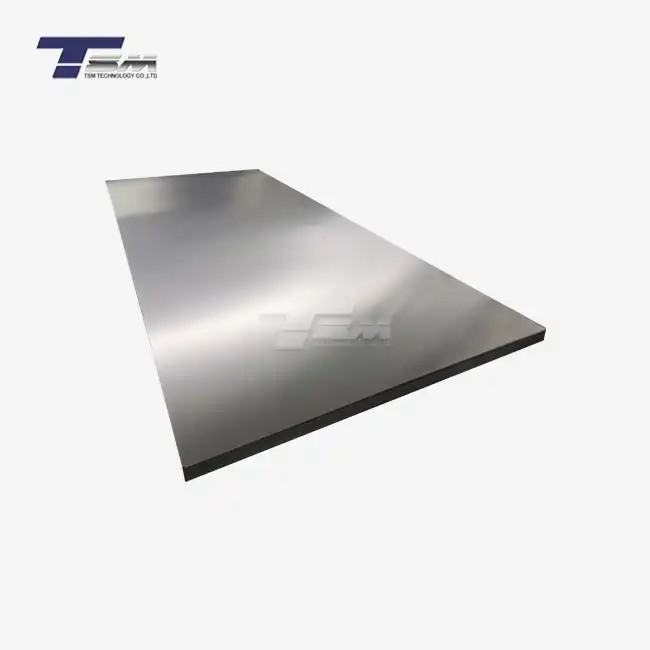- English
- French
- German
- Portuguese
- Spanish
- Russian
- Japanese
- Korean
- Arabic
- Greek
- German
- Turkish
- Italian
- Danish
- Romanian
- Indonesian
- Czech
- Afrikaans
- Swedish
- Polish
- Basque
- Catalan
- Esperanto
- Hindi
- Lao
- Albanian
- Amharic
- Armenian
- Azerbaijani
- Belarusian
- Bengali
- Bosnian
- Bulgarian
- Cebuano
- Chichewa
- Corsican
- Croatian
- Dutch
- Estonian
- Filipino
- Finnish
- Frisian
- Galician
- Georgian
- Gujarati
- Haitian
- Hausa
- Hawaiian
- Hebrew
- Hmong
- Hungarian
- Icelandic
- Igbo
- Javanese
- Kannada
- Kazakh
- Khmer
- Kurdish
- Kyrgyz
- Latin
- Latvian
- Lithuanian
- Luxembou..
- Macedonian
- Malagasy
- Malay
- Malayalam
- Maltese
- Maori
- Marathi
- Mongolian
- Burmese
- Nepali
- Norwegian
- Pashto
- Persian
- Punjabi
- Serbian
- Sesotho
- Sinhala
- Slovak
- Slovenian
- Somali
- Samoan
- Scots Gaelic
- Shona
- Sindhi
- Sundanese
- Swahili
- Tajik
- Tamil
- Telugu
- Thai
- Ukrainian
- Urdu
- Uzbek
- Vietnamese
- Welsh
- Xhosa
- Yiddish
- Yoruba
- Zulu
How to Bend and Shape Monel 400 Tube for Custom Projects?
Bending and shaping Monel 400 tube for custom projects requires precision, the right tools, and a solid understanding of the material's unique properties. Start by selecting a high-quality Monel 400 tube, known for its exceptional corrosion resistance and strength. Use a tube bender suited for nickel alloys to avoid cracking or weakening the material. Anneal the Monel tubing before bending to enhance its ductility, heating it to around 870°C and cooling it gradually. Mark the bend points accurately, apply steady pressure, and use mandrels for tight radii to maintain the tube's integrity. Always wear protective gear and follow safety protocols during the process.
Properties of Monel 400 Tube for Effective Shaping
To master the art of bending and shaping Monel 400 tube, it's crucial to delve into the material's characteristics, preparation techniques, and the tools that ensure success. This section explores these aspects to equip you with the knowledge needed for flawless custom projects.
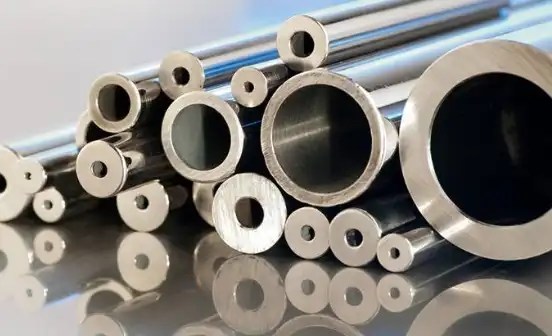
Decoding the Unique Characteristics of Monel 400 Tube
Monel 400, a nickel-copper alloy, is renowned for its robustness and resistance to corrosive environments, making it a top choice for industries like marine, aerospace, and chemical processing. Its high tensile strength and ability to withstand extreme temperatures set it apart from other materials. However, these same properties can make Monel tubing challenging to manipulate without proper techniques. The alloy's work-hardening nature means it becomes stiffer as it's deformed, necessitating careful planning to avoid fractures or deformities during bending.
Preparing Monel Tubing for Bending and Shaping
Preparation is the cornerstone of successful manipulation of Monel 400 pipe. Annealing, a heat treatment process, is often indispensable to soften the material, enhancing its malleability. Heat the tube to approximately 870°C in a controlled environment, then allow it to cool gradually to room temperature. This step mitigates the risk of cracking during bending. Additionally, inspect the Monel tubing for surface imperfections or inconsistencies, as these can compromise the integrity of the final shape. Cleaning the surface to remove any contaminants ensures optimal performance during the shaping process.
Essential Tools for Working with Monel 400 Pipe
The right tools are pivotal to achieving precise bends without damaging the material. A hydraulic or manual tube bender designed for nickel alloys is ideal, as it provides the necessary force without overstraining the Monel 400 tube. For projects requiring tight radii, mandrels - inserts placed inside the tube - help maintain the tube's shape and prevent collapse. Rotary draw benders are particularly effective for complex curves, offering precision and control. Invest in high-quality lubricants to reduce friction during bending, preserving the surface finish of the Monel 400 pipe and extending the lifespan of your tools.
Step-by-Step Techniques for Bending Monel 400 Tube
Achieving perfect bends in Monel 400 tube demands a methodical approach, from marking and measuring to executing the bend and refining the final shape. This section outlines the techniques to ensure your custom projects meet exacting standards.
Accurate Measuring and Marking for Precision Bends
Precision begins with meticulous measurement and marking. Use a flexible measuring tape to determine the exact length of Monel tubing required, accounting for the bend allowance - the extra material needed to accommodate the curve. Mark the bend points with a non-abrasive marker to avoid scratching the surface, which could lead to stress concentrations. Double-check your measurements, as inaccuracies can result in wasted material or misaligned components. For complex projects, consider creating a template or jig to guide your bends, ensuring consistency across multiple pieces of Monel 400 pipe.
Executing the Bend with Confidence
With your Monel 400 tube prepared and marked, it's time to execute the bend. Secure the tube in the bender, aligning the marked point with the bending die. Apply steady, controlled pressure to avoid sudden movements that could cause kinks or cracks. For tight bends, use a mandrel to support the inner wall of the Monel tubing, preserving its circular cross-section. Monitor the angle closely, using a protractor or angle finder to achieve the desired degree of bend. Patience is key - rushing the process can compromise the material's integrity, especially given its tendency to work-harden.
Post-Bending Adjustments and Finishing Touches
After bending, inspect the Monel 400 tube for any signs of deformation, such as flattening or wrinkling. Minor imperfections can often be corrected with a sizing die or by gently reheating and reshaping the affected area. For a polished finish, use a fine-grit sandpaper or a buffing wheel to smooth the surface, enhancing both aesthetics and corrosion resistance. If your project involves welding or joining, ensure the bent Monel 400 pipe is free of burrs or sharp edges, as these can weaken the joint. A well-finished tube not only performs better but also elevates the professionalism of your custom project.
Best Practices and Safety Tips for Shaping Monel 400 Tube
While technical skill is essential, adhering to best practices and prioritizing safety are equally important when working with Monel 400 tube. This section covers strategies to optimize your workflow, avoid common pitfalls, and ensure a safe working environment.
Optimizing Your Workflow for Efficiency
Efficiency in shaping Monel 400 tube begins with planning. Create a detailed blueprint of your project, specifying the dimensions, angles, and tolerances required. Batch similar bends together to minimize setup time, especially when using specialized equipment like rotary draw benders. Keep your workspace organized, with tools and materials readily accessible, to streamline the process. Regularly maintain your bending equipment, checking for wear or misalignment that could affect precision. By adopting a systematic approach, you can reduce material waste, save time, and produce consistent, high-quality results with Monel tubing.
Avoiding Common Mistakes in Tube Shaping
Even experienced professionals can encounter challenges when working with Monel 400 pipe. One frequent issue is over-bending, which occurs when too much force is applied, exceeding the material's elastic limit. To prevent this, use a bender with an angle stop or digital readout to control the degree of bend. Another pitfall is neglecting to account for springback - the tendency of the tube to revert slightly to its original shape after bending. Compensate by slightly over-bending, based on trial bends with scrap pieces of Monel 400 tube. Regularly inspect your work at each stage to catch and correct errors early, preserving the integrity of your project.
Prioritizing Safety in Your Workshop
Safety is paramount when shaping Monel 400 tube, given the high forces and temperatures involved. Always wear protective gear, including heat-resistant gloves, safety glasses, and a face shield, especially during annealing or bending. Ensure your workspace is well-ventilated, particularly if heating the Monel tubing, to avoid inhaling fumes. Secure the tube firmly in the bender to prevent slippage, which could cause injury or damage to the equipment. Familiarize yourself with the manufacturer's guidelines for all tools and materials, adhering to recommended operating procedures. A safe workshop not only protects you but also enhances the quality of your work with Monel 400 pipe.
Conclusion
Bending and shaping Monel 400 tube for custom projects is a rewarding endeavor when approached with the right techniques and tools. By understanding the material's properties, preparing meticulously, and following best practices, you can achieve precise, durable results. Safety and efficiency are key to elevating your craftsmanship, ensuring your projects stand out in quality and performance. Whether you're in aerospace, marine, or chemical industries, mastering these skills opens up a world of possibilities with Monel tubing.
Contact Us
For more information about Monel 400 tube and our superior alloy products, please contact us at info@tsm-technology.com. Our team of experts is ready to assist you with your custom Monel 400 pipe projects and provide innovative solutions for your engineering challenges.
References
Smith, J. A. (2018). Nickel Alloys in Precision Engineering: Properties and Applications. London: Engineering Press.
Carter, L. M. (2020). Advanced Techniques in Tube Bending for High-Performance Alloys. New York: Industrial Publishing Co.
Thompson, R. E. (2019). Corrosion-Resistant Materials: A Guide to Nickel-Copper Alloys. Chicago: Materials Science Institute.
Hayes, P. D. (2021). Metal Forming and Shaping: Best Practices for Specialty Alloys. Boston: Technical Publications.
Nguyen, T. K. (2017). Workshop Safety Standards for High-Strength Alloy Fabrication. Sydney: Safety Engineering Association.
Patel, S. V. (2022). Innovations in Nickel Alloy Tubing for Custom Industrial Applications. Toronto: Alloy Technology Review.
Learn about our latest products and discounts through SMS or email
